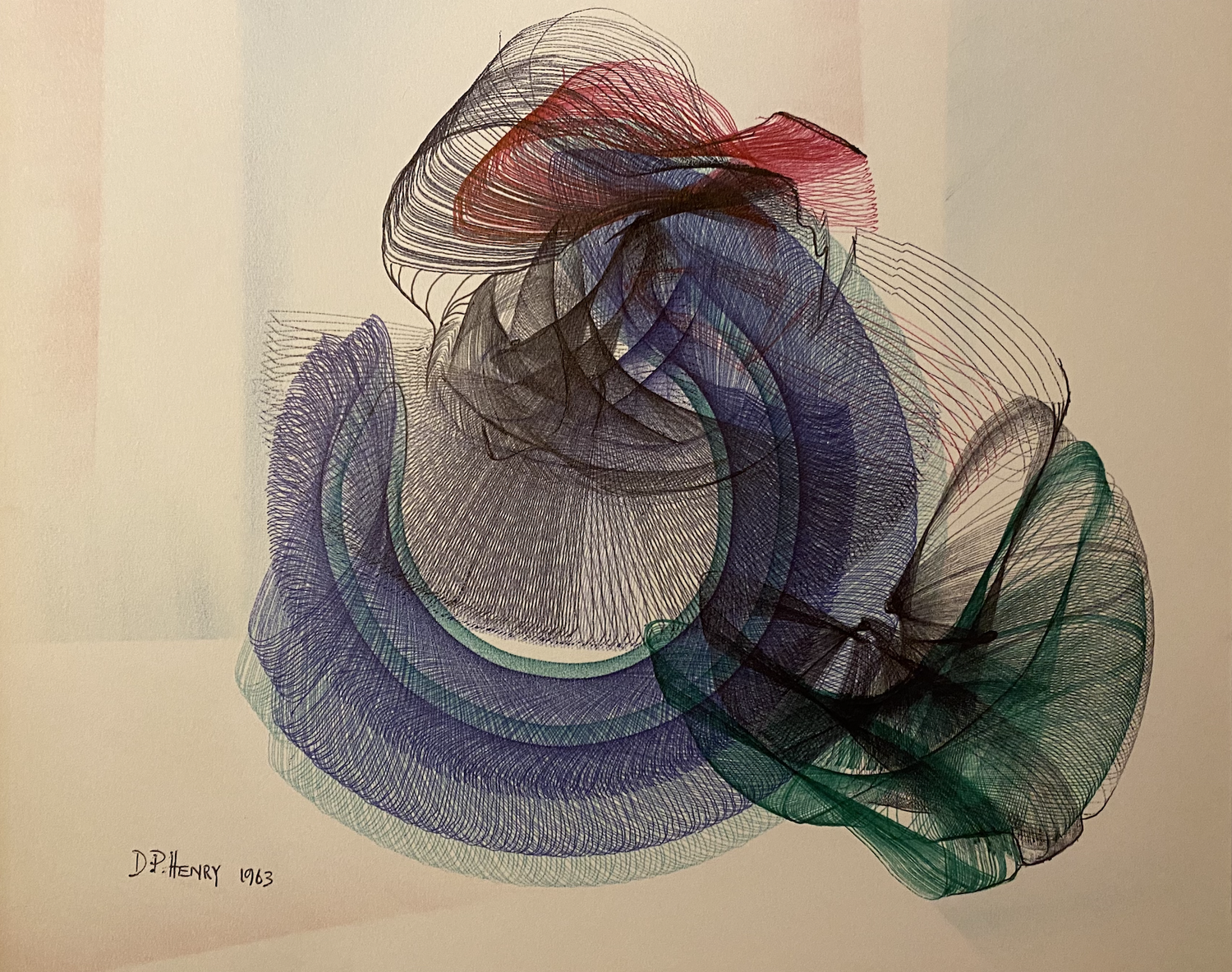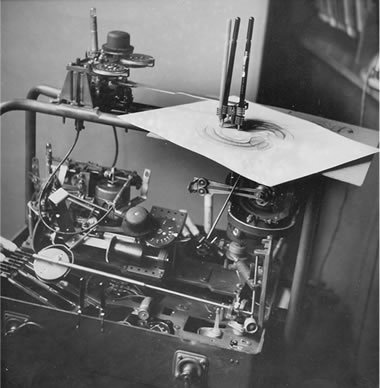Remembering Desmond Paul Henry: Pioneer of Machine-Generated Art
Today, we commemorate the birthday of the artistic visionary, Desmond Paul Henry (1921-2004), whose pioneering approach to art continues to influence and inspire. An esteemed philosopher and Manchester University lecturer, Henry was at the forefront of the global computer art movement of the 1960s. It was in our historical exhibition, "Automat und Mensch" where we had the honor of showcasing Henry's beautiful machine-generated pieces.
Born on July 5th, 1921, Desmond Paul Henry was a visionary exponent of the synergy between art and technology. He pioneered the concept of using computers for interactive graphic manipulation. His analog computer-derived drawing machines from the 1960s serve as a crucial bridge between the Mechanical Age and the Digital Age.
In 1961, thanks to celebrated artist L.S. Lowry and A. Frape, Henry's career reached new heights when he won first prize in a "London Opportunity" art competition. Lowry, recognizing Henry’s potential, insisted on showcasing his machine drawings at Henry's London solo exhibition, titled “Ideographs”, at the Reid Gallery. Henry's groundbreaking work in machine-generated art caught the attention of the media, landing him a spot on the BBC's North at Six series and drawing interest from the American magazine, Life.
One of Henry’s Drawing Machines Copyright © Desmond Paul Henry 2023
Henry's pieces were featured in various exhibitions during this period, including "Cybernetic Serendipity" held at the Institute of Contemporary Arts in London. This exhibition, featuring his interactive Drawing Machine 2, toured the United States, amplifying his international recognition.
Henry constructed three electro-mechanical drawing machines from modified bombsight analogue computers (a technology primarily used in World War II bombers to calculate the precise release of bombs onto their targets). His drawing machines were not merely functional; they were intricately designed systems that combined gears, belts, cams, and differentials. Each machine took up to six weeks to construct. The resulting drawings, each creating a symphony of lines and curves, could take from two hours to two days to complete. Powering these machines required an external electric source, driving one or two servo motors that coordinated the motions of the suspended drawing implements.
Henry's electromechanical drawing machines embraced the unpredictable beauty born from the "mechanics of chance" like the works of artist Jean Tinguely. However, his creations also allowed for interactivity, allowing for personal and artistic input during the drawing process.
During this period, he created around 800 machine-drawings, each an infinitely varied combination of repetitive single lines forming abstract curves. Some of these works were exhibited in 2019 at the “Automat und Mensch – A History of AI and Generative Art” exhibition at Kate Vass Galerie, along with other historically significant generative artworks.













by Desmond Paul Henry
21.5 x 26 cm
Unique work on paper
Drawing machine 2
Condition report: Signed and dated on front by the artist.
Multi-coloured biros on thick card; background shading.
TO INQUIRE ABOUT THIS WORK PLEASE CONTACT US: info@katevassgalerie.com